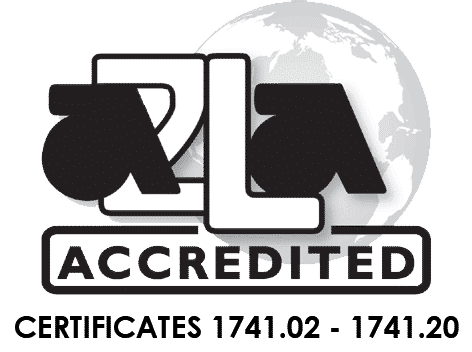Determining Calibration Frequency
We are asked time and time again, “How often should I calibrate my equipment?” However, there is no quick and easy answer to that question, and the correct answer varies by customer and even by the individual piece of equipment. Setting appropriate calibration intervals is a balancing act between reducing the risk of inaccurate measurements and reducing costs. Calibration can be expensive, but the cost of producing bad product can vastly exceed calibration cost. Setting optimal intervals enables you to maximize measurement accuracy and product quality while minimizing costs.
Here are some important guidelines to consider when determining calibration intervals:
- Does your quality system specifically define the calibration frequency of a particular piece of equipment?
- Are there any applicable regulatory requirements concerning calibration?
- What is the manufacturers’ recommendation? This is usually a good starting point if there aren’t any specific quality system or regulatory mandates.
- How critical are the measurements to be made? If you had to recall the product this equipment has measured, how much would it impact your business? The greater the impact, the shorter the recommended calibration cycle.
- How often is it used? A piece of equipment that sits in a corner and is only used once a month can have a longer calibration cycle than a piece that is used daily.
- What is the typical operating environment? Environmental variables such as temperature extremes, vibration, and dust may necessitate more frequent calibration. Equipment that is portable and can be dropped should also be on a shorter calibration cycle.
- Do you have similar pieces of equipment in service? You can use your experience with those pieces to define an initial calibration interval.
If you frequently find a piece of equipment to be out-of-tolerance it is highly recommended you shorten the calibration interval. You should also have two years’ worth of calibration data before making the determination to extend a calibration interval.
The precision measurement group at Cross has been supporting our customers’ calibration programs since 1939. We provide unbiased calibration program audits to help our customers validate the measurement equipment they’re using for particular applications, calibration procedures, and calibration frequencies. Contact us to further discuss your calibration requirements or request a quote for a calibration program audit.

